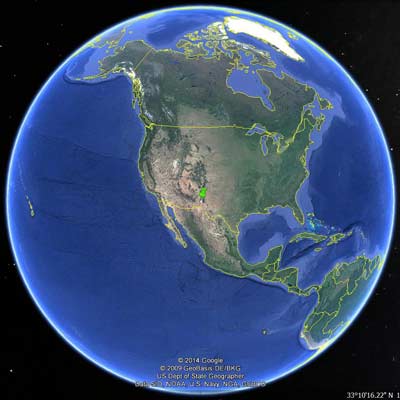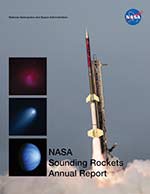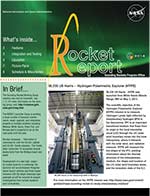
36.281 Bock/Cal Tech
Cosmic Infrared Background Experiment (CIBER) II
- Mission
- Vehicle
- Launch
- Photos
CIBER II will investigate the spectral and spatial properties of the extragalactic near-infrared background, and will require acquisition of multiple targets with minimal contamination from terrestrial sources of infrared emission.
The Extragalactic Infrared Background (EBL) is the integrated light from all of the infrared sources in the Universe. In the near IR, these photons are produced by stars are a by-product of nucleosynthesis. Measurement of the near IR EBL therefore a constrains the stellar content of the Universe.
CIBER is composed of three instruments, each with different science goals, but all measuring some aspect of the near IR background.
The Imagers search for fluctuations arising in the near IR EBL from the first generation of stars and galaxies in the Universe.
The Low Resolution Spectrometer measure the color of the near IR EBL, thereby constraining the stellar content of the Cosmos.
The Narrow Band Spectrometer determines the brightness of the Zodiacal Light, which is due to dust in the solar system reflecting the light from the sun.
The Principal Investigator is Dr. James Bock/Cal Tech

The CIBER 2 mission will launch from White Sands Missile Range, NM.


